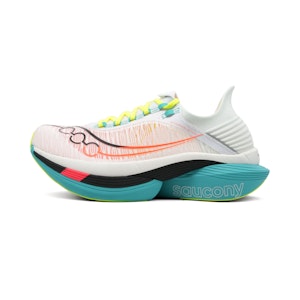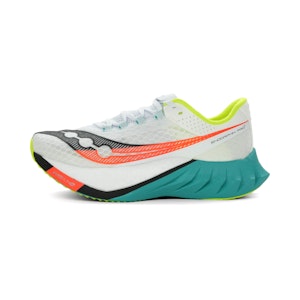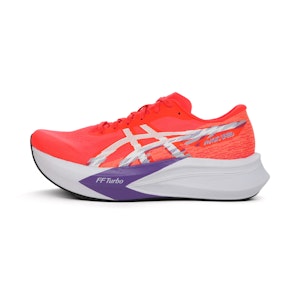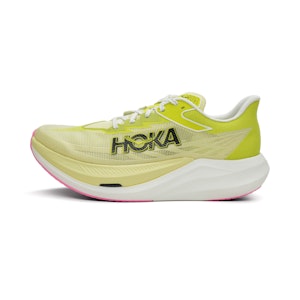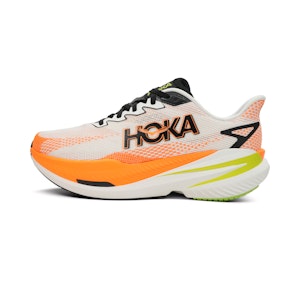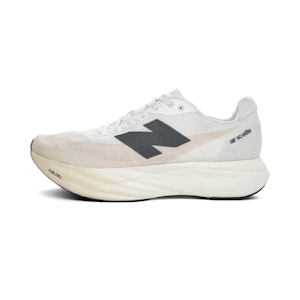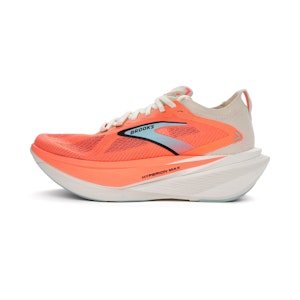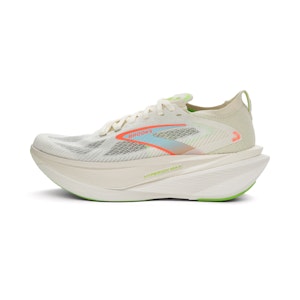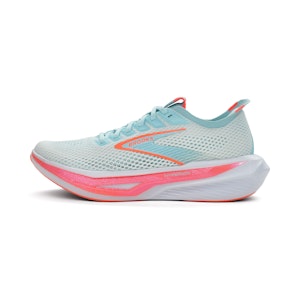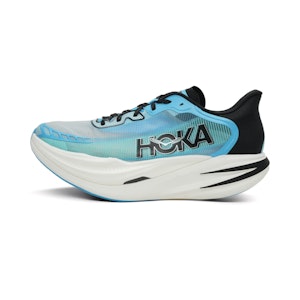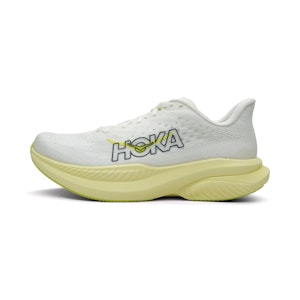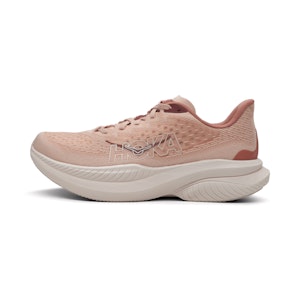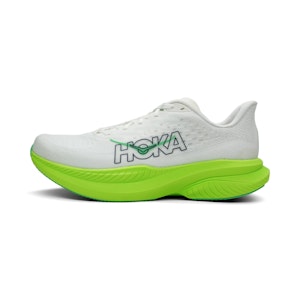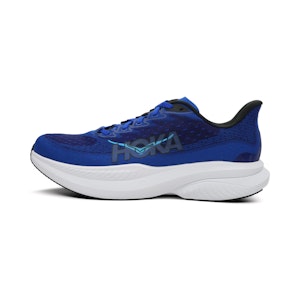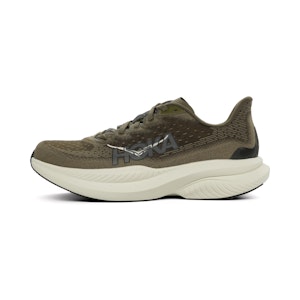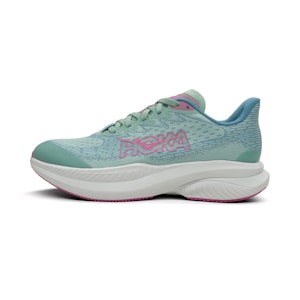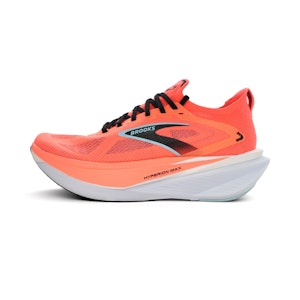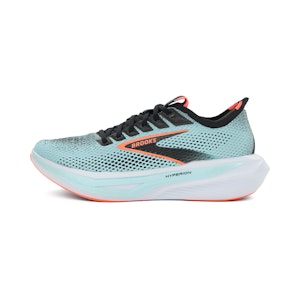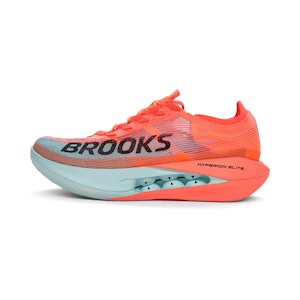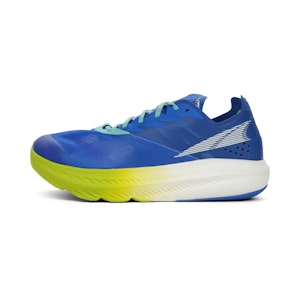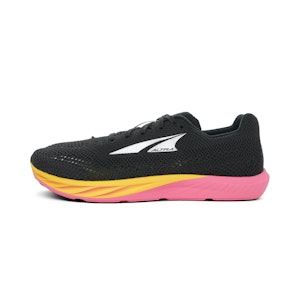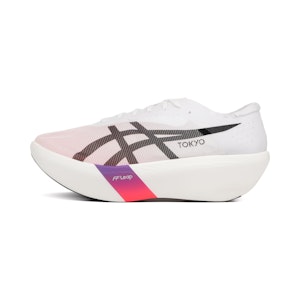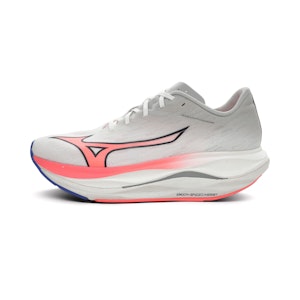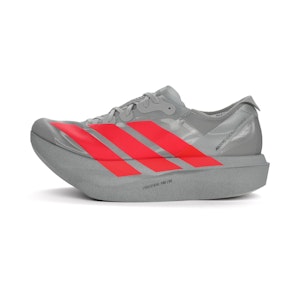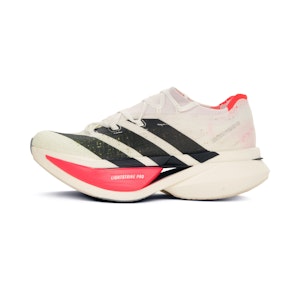Racing shoes
Buying Competition Running Shoes
Competition shoes are running shoes that have been specially developed for running races and competitions. Recently, this type of running shoes has been in the spotlight because of Nike’s latest models: the Nike ZoomX Vaporfly Next% and the Nike Air Zoom Alphafly Next%. In addition to these two trending models, there are many other brands that design a wide variety of competition shoes. All with their own features and benefits. Competition shoes are mainly used by more serious athletes who want to pursue personal, national or even world records. Many athletes also use racing shoes during fast trainings on the track or on the road. It is of course smart to use your new competition shoes for training a couple of times before you use them for a race. Racing shoes work best when you have an efficient running style. Runners who land heavily on their heels and who run at an average pace will experience little benefit from competition shoes.
What is the difference between competition shoes and regular running shoes?
Competition shoes distinguish themselves from normal running shoes on a large number of aspects. Competition shoes are often lighter in weight, have a lower offset (the difference between the height of the heel and the toes) and they offer less cushioning and support. There are also major differences between the different competition shoes:
- There are the so-called Super Shoes such as Nike’s ZoomX Vaporfly Next% and HOKA’s Carbon X. What makes these shoes unique is the combination of a hard carbon fiber plate with soft cushioning in the sole. Carbon fibre running shoes have a plate in the sole which functions as a spring and propels you forward during your runs. The soft cushioning ensures that the landing impact is attenuated and thus protects the feet during landing phase. This type of shoe is worn by most top athletes and is very suitable for virtually all distances. A lot of brands now have come with their own versions of carbon plate running shoes. Check out our collection of Carbon running shoes.
- Next to super shoes there are also Racing Flats such as the Saucony Type A9 and the New Balance 1400v6. These are lightweight shoes with a minimal offset, little to no cushioning and little support. This type of shoe is suitable for distances up to 10 kilometres. There are also shoes that are a combination of spikes and racing flats which are especially suitable for running on the track. A good example of this type of shoe is the Spike-Flat from Nike.
- Yet another type of racing trainers are Lightweight Performance Shoes such as the Saucony Kinvara, the adidas Adizero Boston and the Mizuno Wave Shadow. These are lightweight running shoes that still offer some stability and cushioning. They are usually viewed as a fast and lightweight version of regular running shoes.
What should you look out for when choosing competition shoes?
When choosing the right competitive shoes it is important to think about what type of runner you are. Are you an experienced and efficient runner and do you have a high pace frequency? Then all types of competition shoes are suitable for you. Do you have less experience with running with racing shoes, are you a heel lander, are you prone to injuries or are you not running at top speeds, but do you still want to get started with competition shoes? Then it is wiser to opt for the more accessible, lightweight competition shoes. The lightweight competition shoes are more accessible because they offer a healthy mix of cushioning, protection and weight and because they do not require extremely high speeds to take advantage of them, as is the case with Super Shoes.
In addition to what kind of runner you are, it is also important to consider what distances you are going to run on your racing shoes. If you run distances up to 10 kilometres, cushioning and stability are less important than when you run half or full marathons (unless you are prone to injuries, of course. Then stability and cushioning are important no matter the distance). For these shorter distances you could therefore opt for racing flats. Which are the best 10k running shoes for you really depends on your preferences, but a few examples of good 10k racers are: adidas Adizero Boston, adidas Adizero Adios, Saucony Kinvara and the Saucony Fastwitch.
When you run longer races, both cushioning and stability suddenly become a lot more important. One could best use Lightweight Performance shoes or even Super Shoes for this. Which are the best marathon shoes for you, of course, also depends on your preferences and experience. Nike marathon shoes have been very popular for the last few years, but it seems that other brands are gaining ground on Nike’s dominance in the field. A few examples of good marathon running shoes are: the Nike Vaporfly Next %, Nike Alphfly and HOKA's Carbon X.
